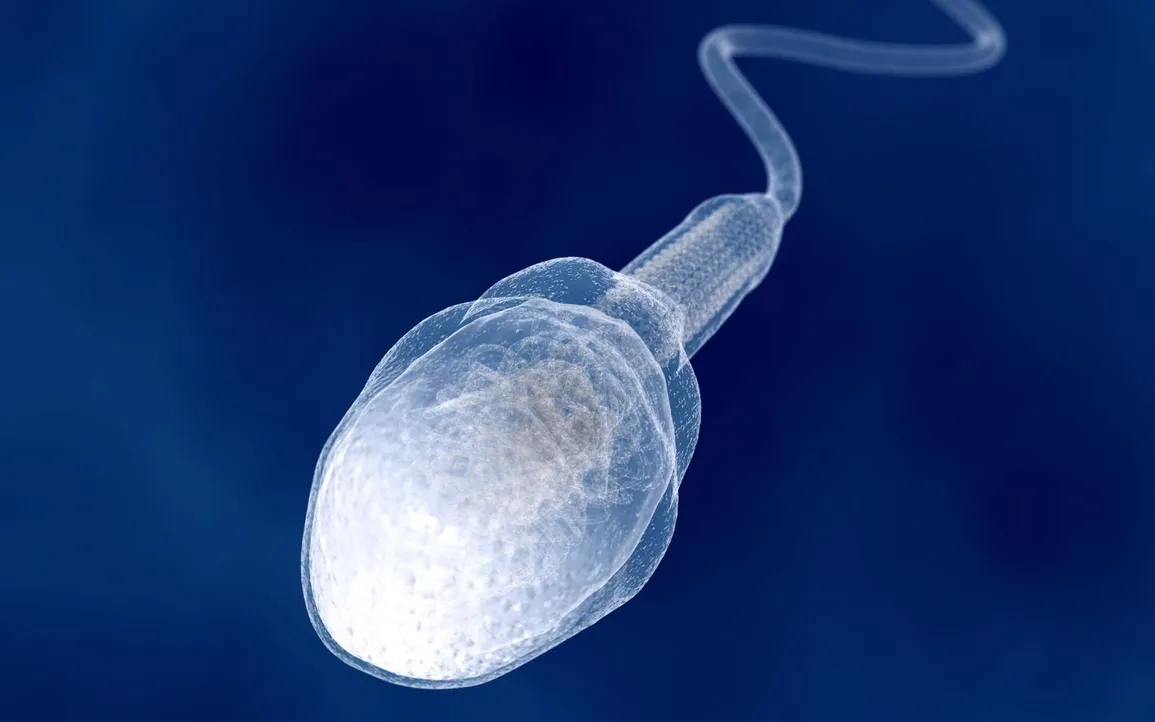A study led by researchers from the Autonomous University of Barcelona (UAB) and the University of Kent revealed how the 3D structure of the genome of male germ cells determines how the genome evolves over time The findings were published today in nature communications.

It is understood that this change occurs in rodent species, which shows that the unique events occurring in the production of eggs and sperm cells have different effects on genome evolution, and opens up a new research path for the genetic origin of genome structure of all organisms.
After comparing the genomes of many different mammalian species, the researchers found that although all species have roughly similar gene directories, the order of these genes in each species is different and can be turned off and on in different ways. These rearrangements may have an impact on the function and regulation of genes, so they play a role in evolutionary changes and defining species identity. So far, the ultimate origin of these rearrangements has been a mystery: where (in which cell types) and when (during development) do they occur? Are they by-products of normal genetic recombination between chromosomal copies that occurs during meiosis (the cellular process that produces gametes), or are they produced at other stages of the life cycle?
Now, a study led by scientists from the Autonomous University of Barcelona and the University of Kent shows that sperm production is the key to how genomic regions are reorganized within and between chromosomes during evolution. In particular, genetic chromosome rearrangement is related to physical and biochemical processes, which are unique to the final stage of sperm production, that is, after meiotic cell division.
A person's total DNA sequence or genome is folded into a specially customized dynamic three-dimensional chromatin structure in the nucleus, which determines which genes are "turned on" and "turned off" in each cell type. All sexually reproducing organisms produce gametes through a process called meiosis, which includes a round of genome replication and two consecutive cell divisions, leaving haploid cells (gametes) with only one copy of each chromosome. During meiosis, genes "shuffle" between copies of chromosomes inherited from mother and father, a process known as gene recombination. These complex events mean that the genome must be packaged and unpacked into chromatin in a precise and highly regulated manner.
Dr. Aurora Ruiz Herrera, associate professor of the Department of cell biology, physiology and immunology of the Institute of biotechnology and biomedicine (IBB) of the Arab Bank, said that their work shows that the dynamic changes of chromatin remodeling during male gamete formation are the basis for understanding which parts of the genome are close to each other in the nucleus. Therefore, in the whole process of male spermatogenesis, at different time periods, More likely to participate in the dyeing weight row. "
Analyze the genome rearrangement of rodents
To study genome evolution, the team compared the genomes of 13 different rodents and unraveled the rearrangements that distinguish them. Dr Marta Farr é, lecturer in genomics at the school of Biological Sciences at the University of Kent and co director of the study, said: "this enables us to calculate the genome configuration of rodent common ancestors and determine the location of evolutionary breakpoint regions (ebRS) involved in genome rearrangement.
"Surprisingly, ebRS are associated with regions that are active in the later stages of spermatogenesis, when developing male germ cells are called sperm," said Dr. Peter Ellis, senior lecturer in molecular genetics and reproduction at the school of Biosciences at the University of Kent and co director of the study. "The rearrangement of ebRS was found to break and reconnect DNA strands physically close to each other in the sperm nucleus."
In addition, ebRS are not associated with meiotic recombination hotspots, suggesting that these rearrangements are likely not to occur during male or female meiosis. In contrast, ebRS are associated with the location of DNA damage in sperm.
Sperm is a cell that experiences the final stage of sperm development after cell division - and the events that occur in this process are male specific. Therefore, this means that males and females are alarmingly unequal in their impact on genome evolution. "Of all the rearrangements that distinguish mice from mice, squirrels or rabbits, most seem to be produced in sperm cells rather than egg cells," Dr. Ellis said. "For me, this shows that the male reproductive system is the overall engine of genome structure evolution."
Dr Marta Farr é said: "we found that developing sperm cells retain a 'memory' of the previous genome configuration. In the common ancestor of rodents, some DNA fragments were once part of a single chromosome, but now they are located on different chromosomes of mice - but these chromosomes are still close to each other and make special physical contact in developing sperm cells."
Why in male germ cells
The researchers suggest that one explanation for the results is the different events that occur during egg and sperm cell production. Although sperm and egg cells readjust DNA during meiosis, the DNA breaks produced in this process can be repaired with high accuracy. However, sperm cells must also compress their DNA into a small volume to accommodate the sperm head. This compaction causes DNA to break and uses an error prone method to repair DNA. Some of these errors can lead to genome rearrangement, which explains why sperm development is a key factor in genome evolution.
On the other hand, an unsolved mystery is why the genomes of some species are very stable and rarely rearranged, while those of some species are highly dynamic and have multiple rearrangements. "Our work suggests that this may be due to the details of where and when DNA is destroyed and repaired during sperm production," Dr. Ruiz Herrera said.
The researchers pointed out that although the study was conducted in rodents, spermatogenesis is a highly conservative process, so this principle may be widely applicable to the whole life tree.